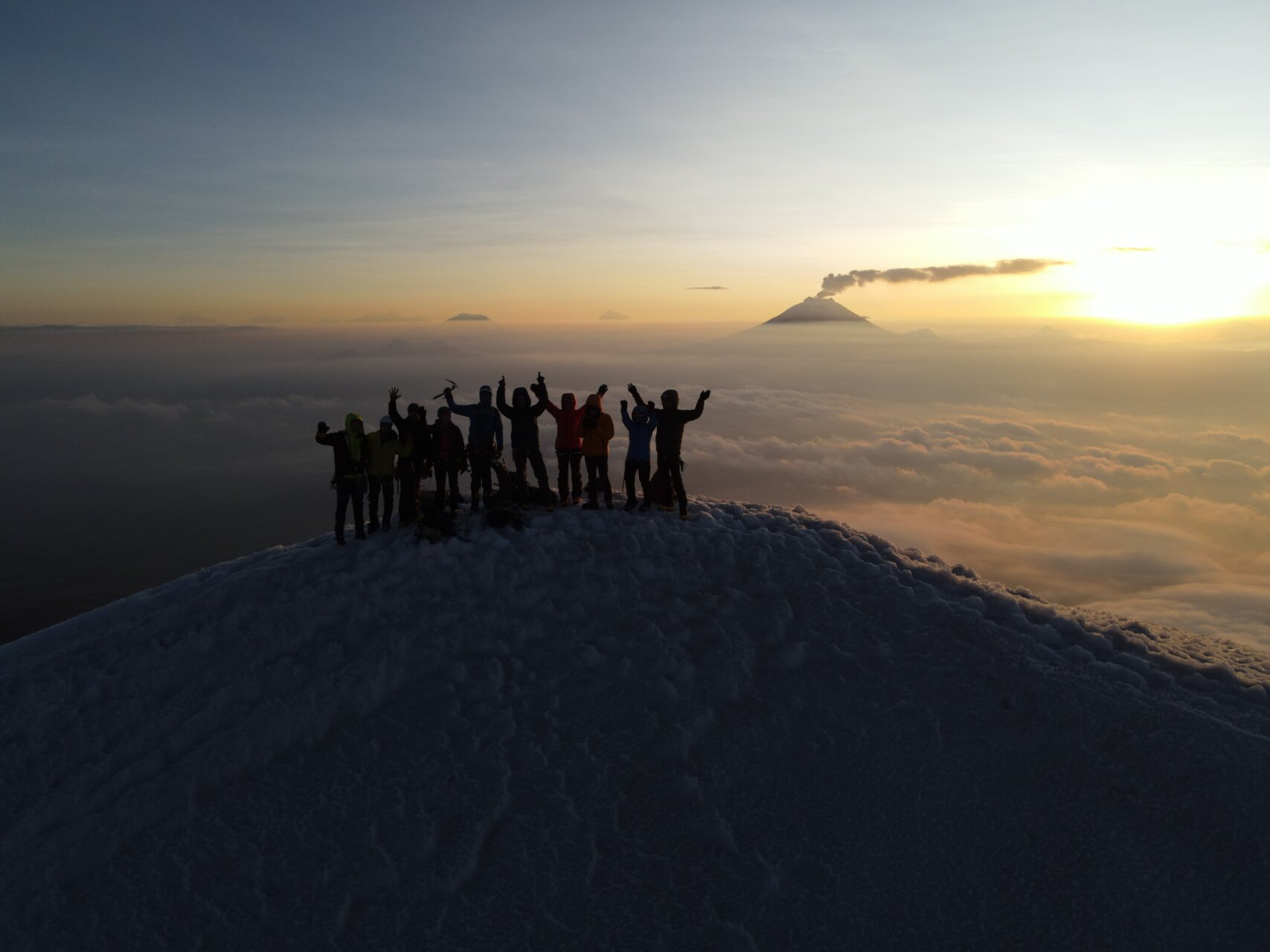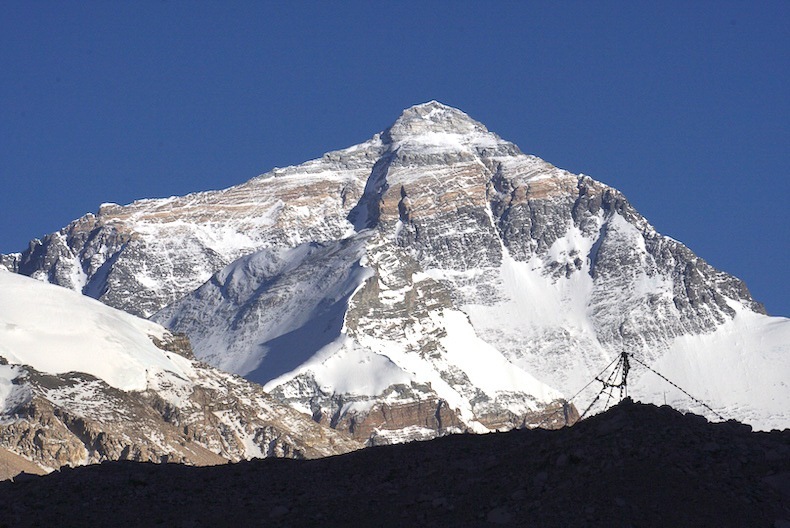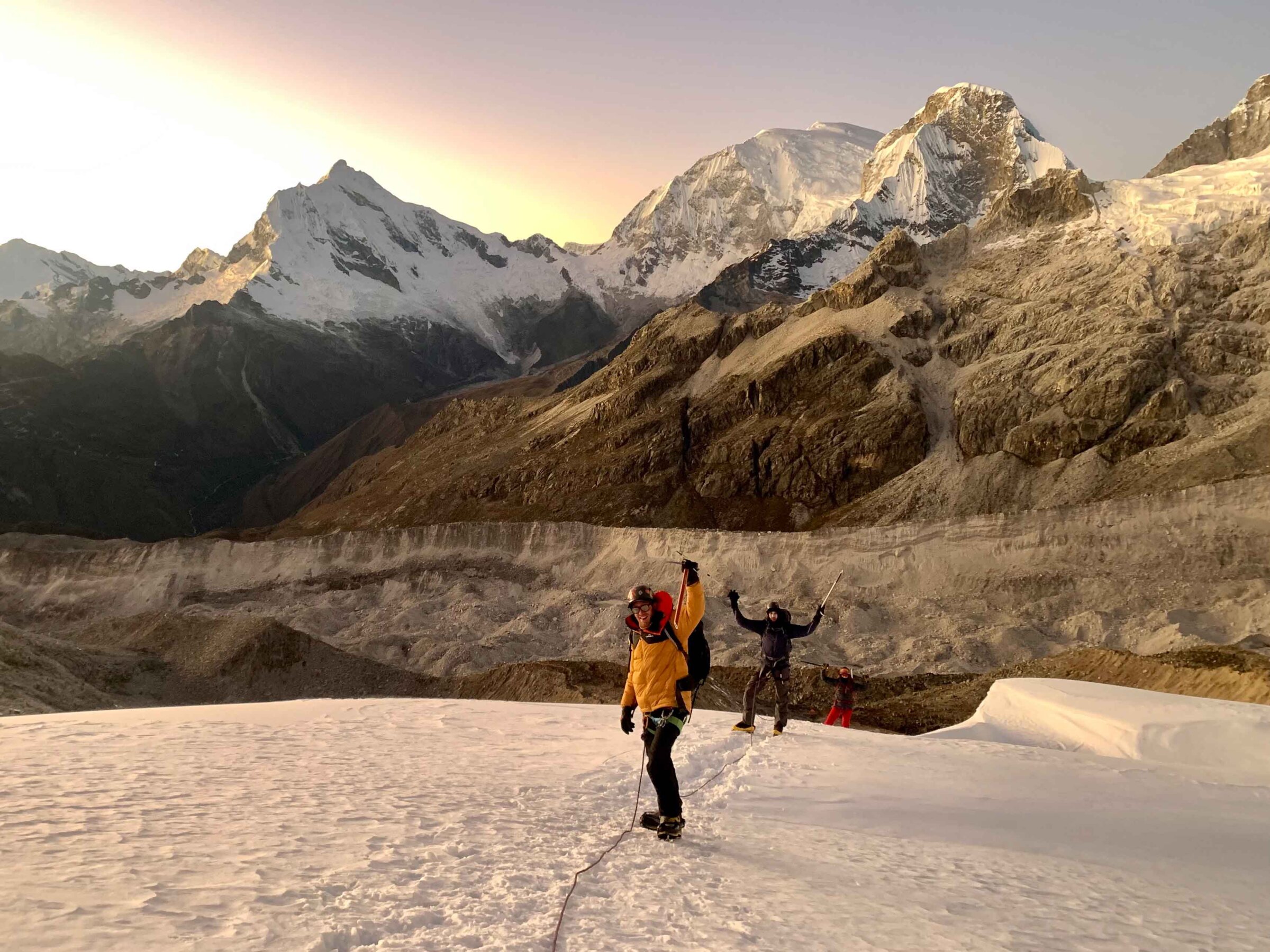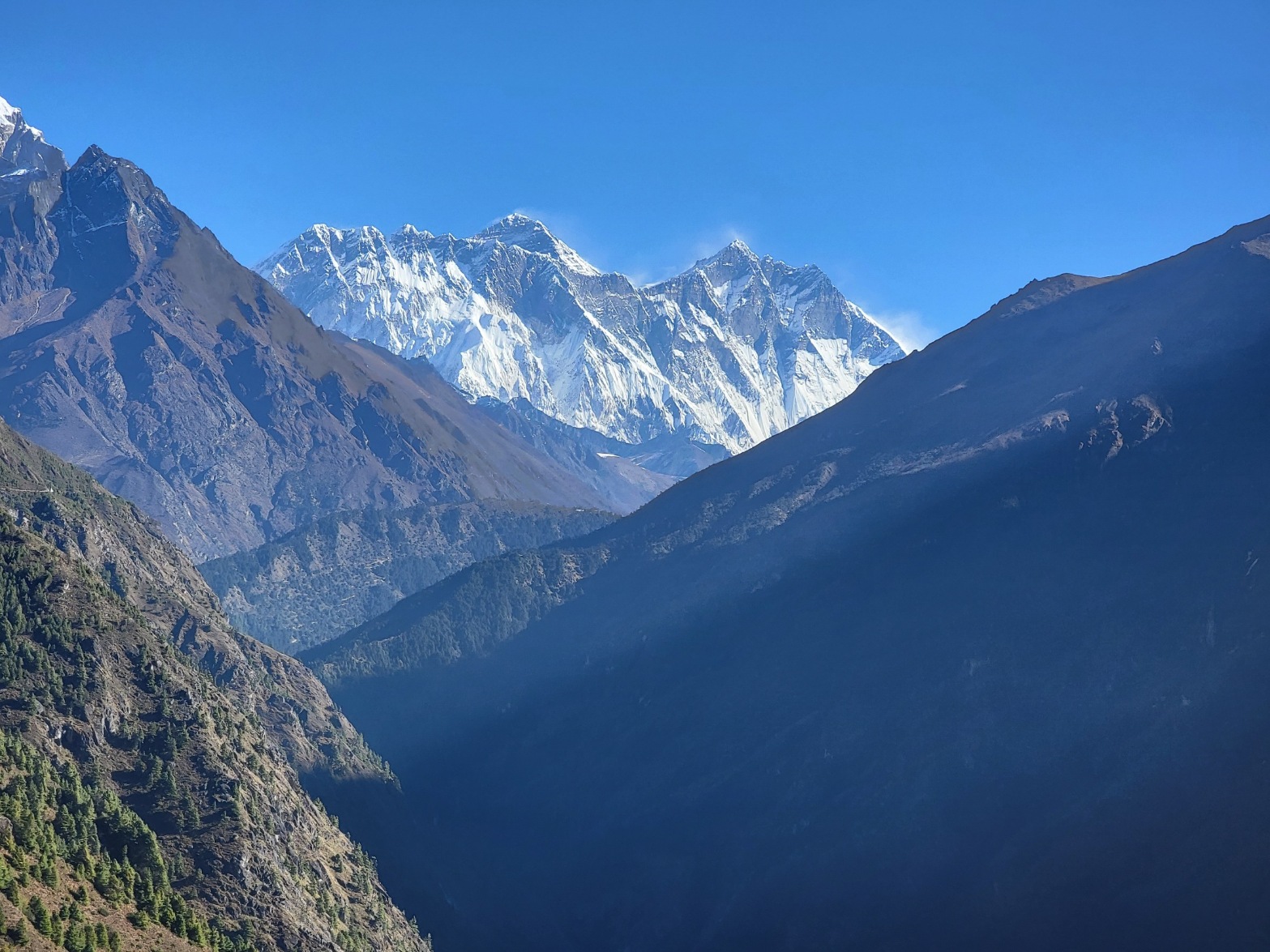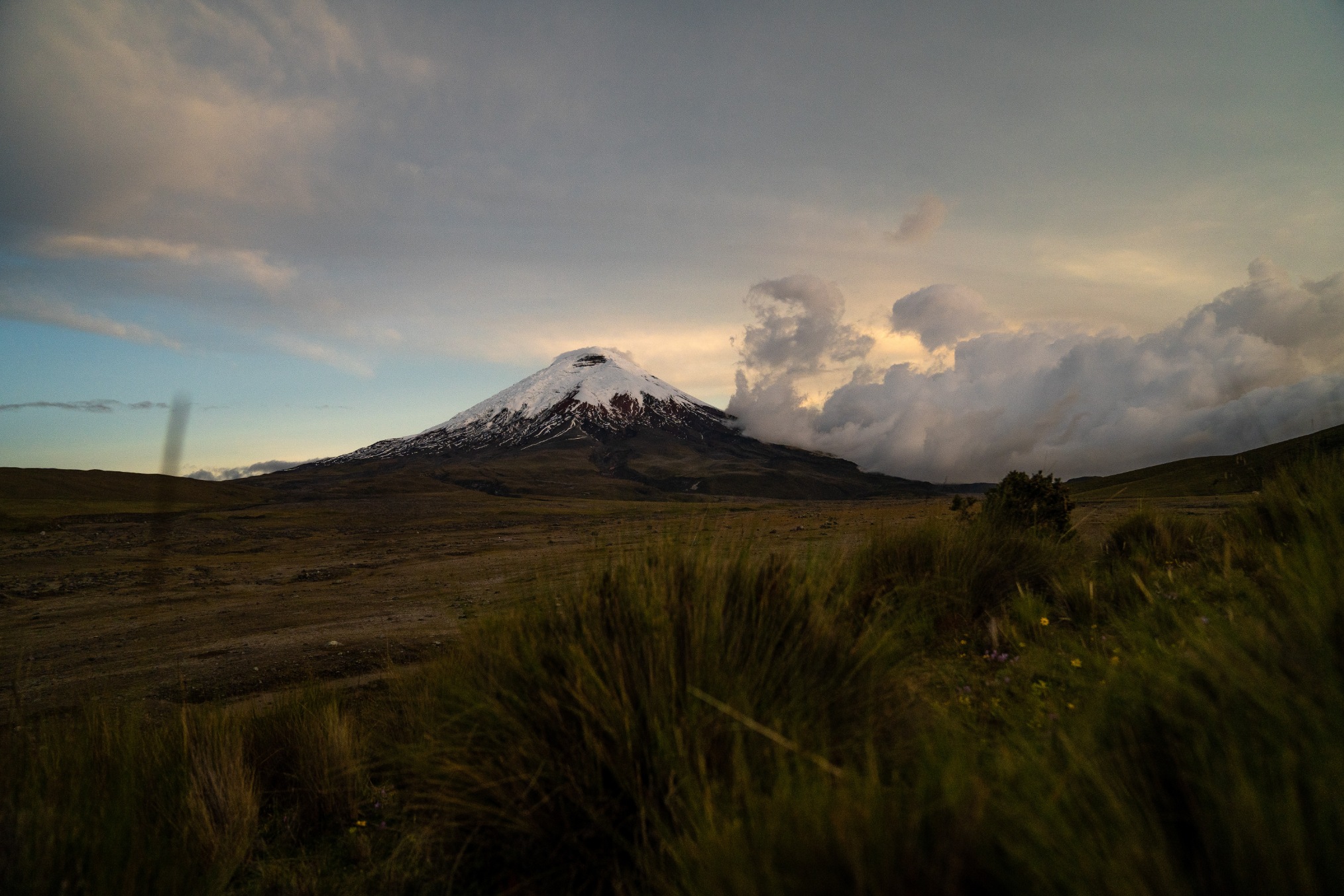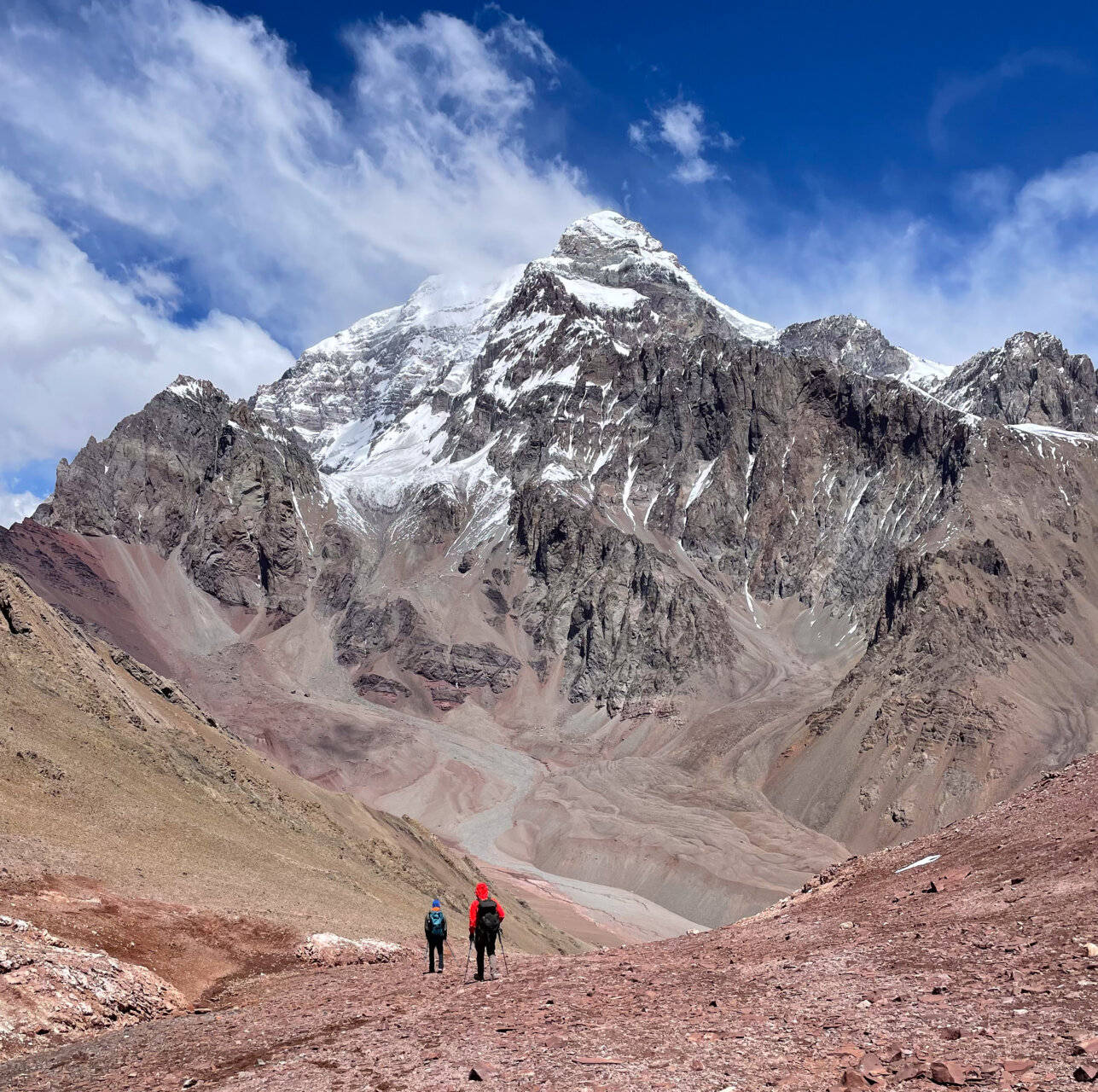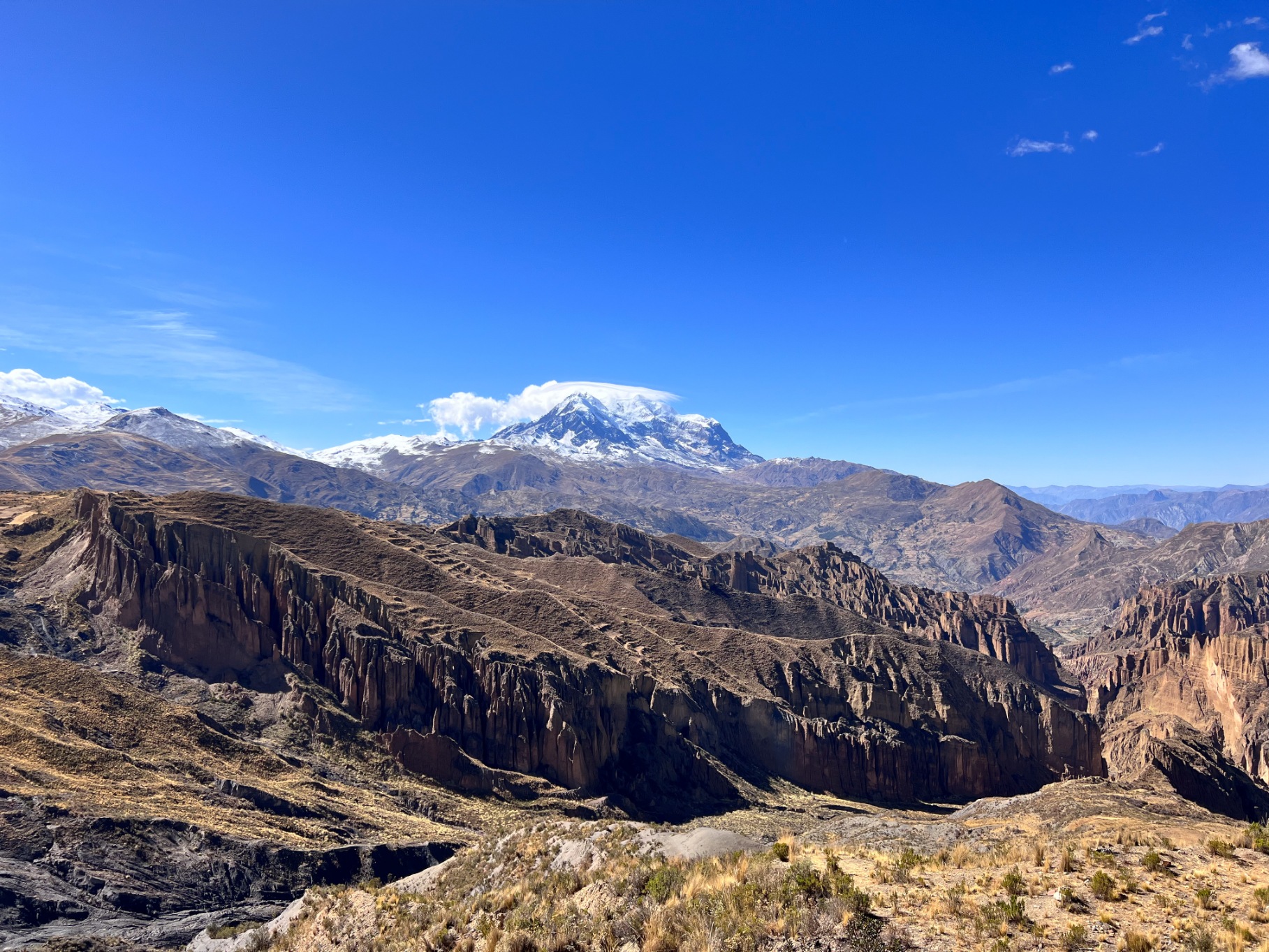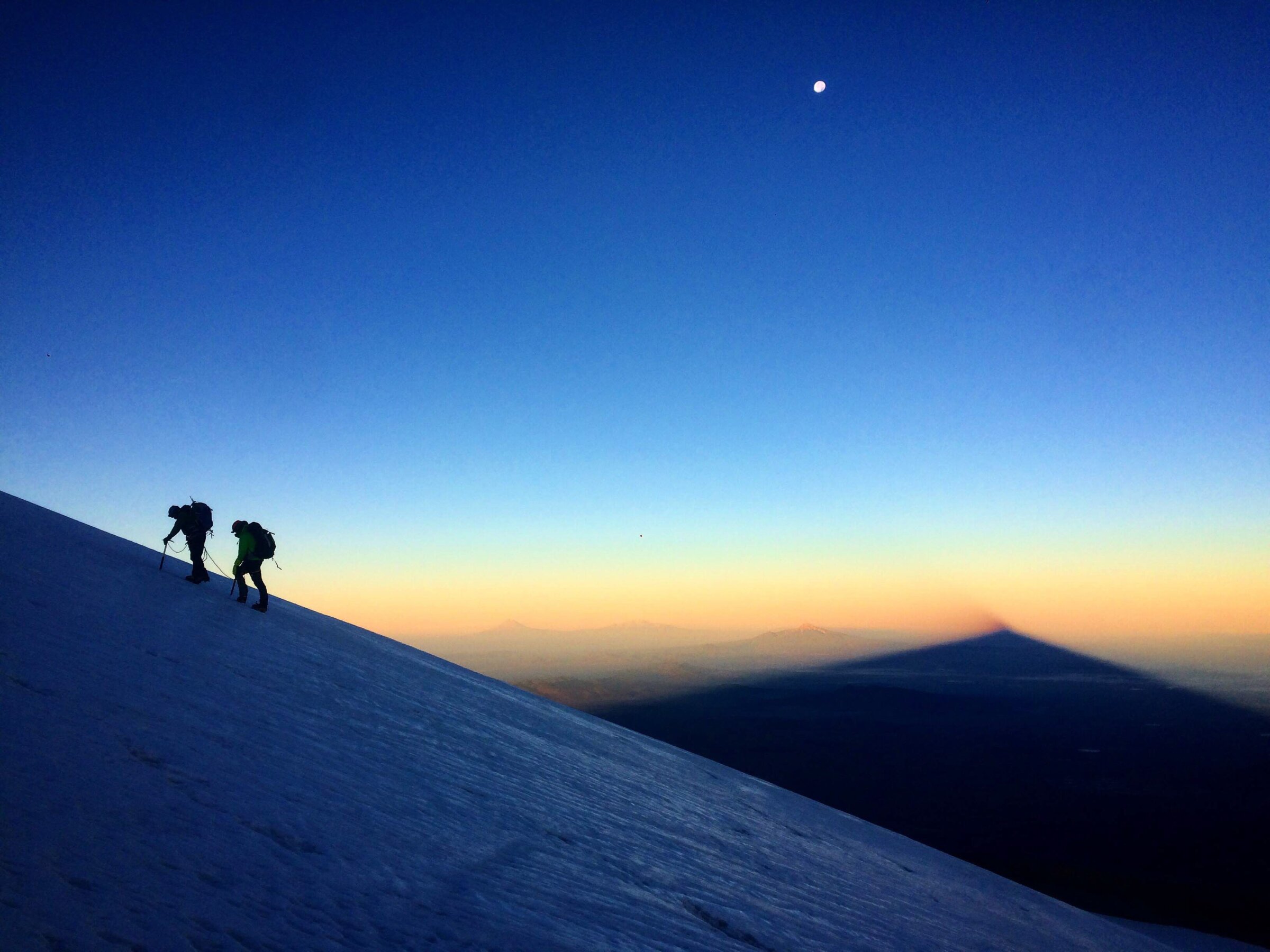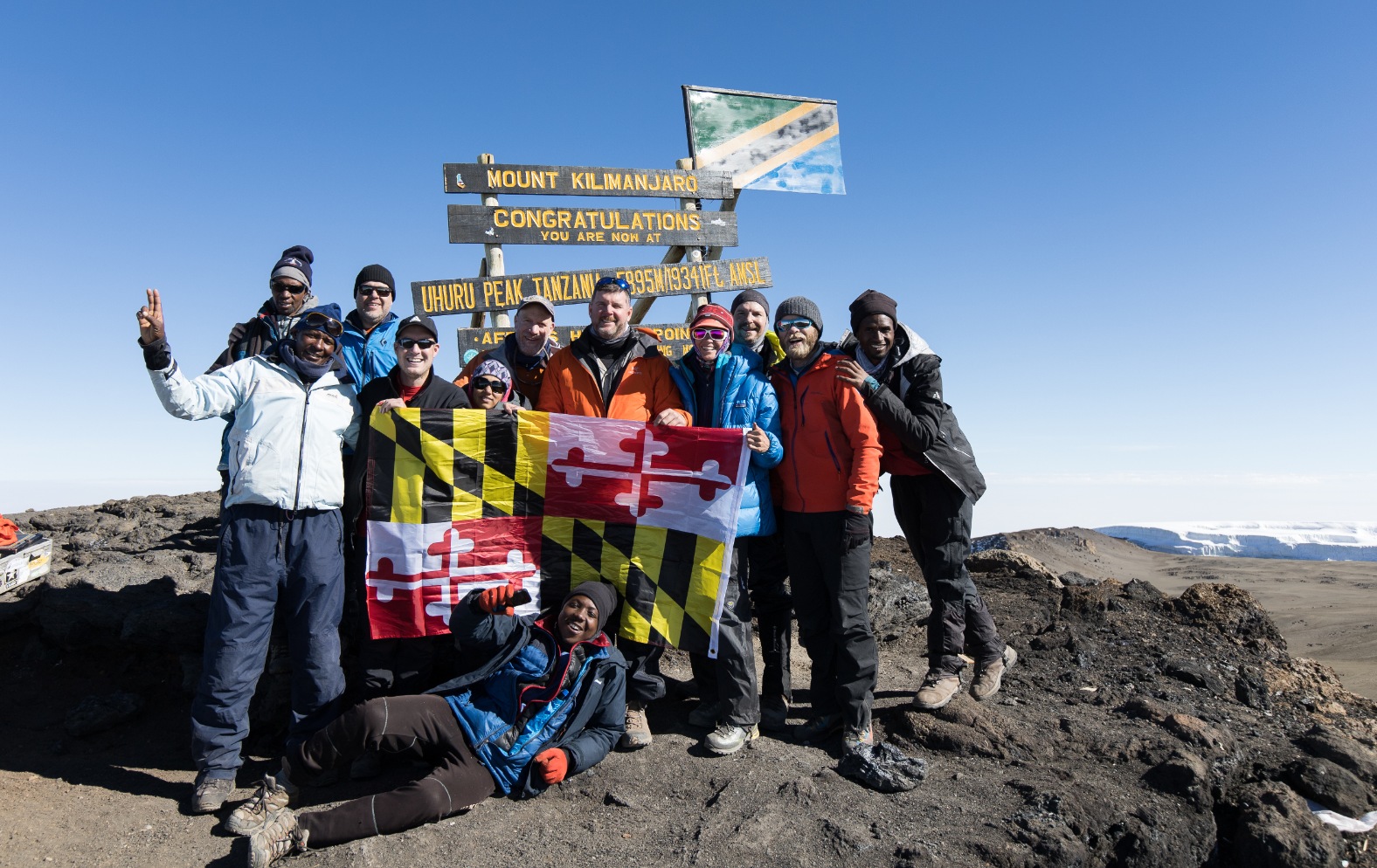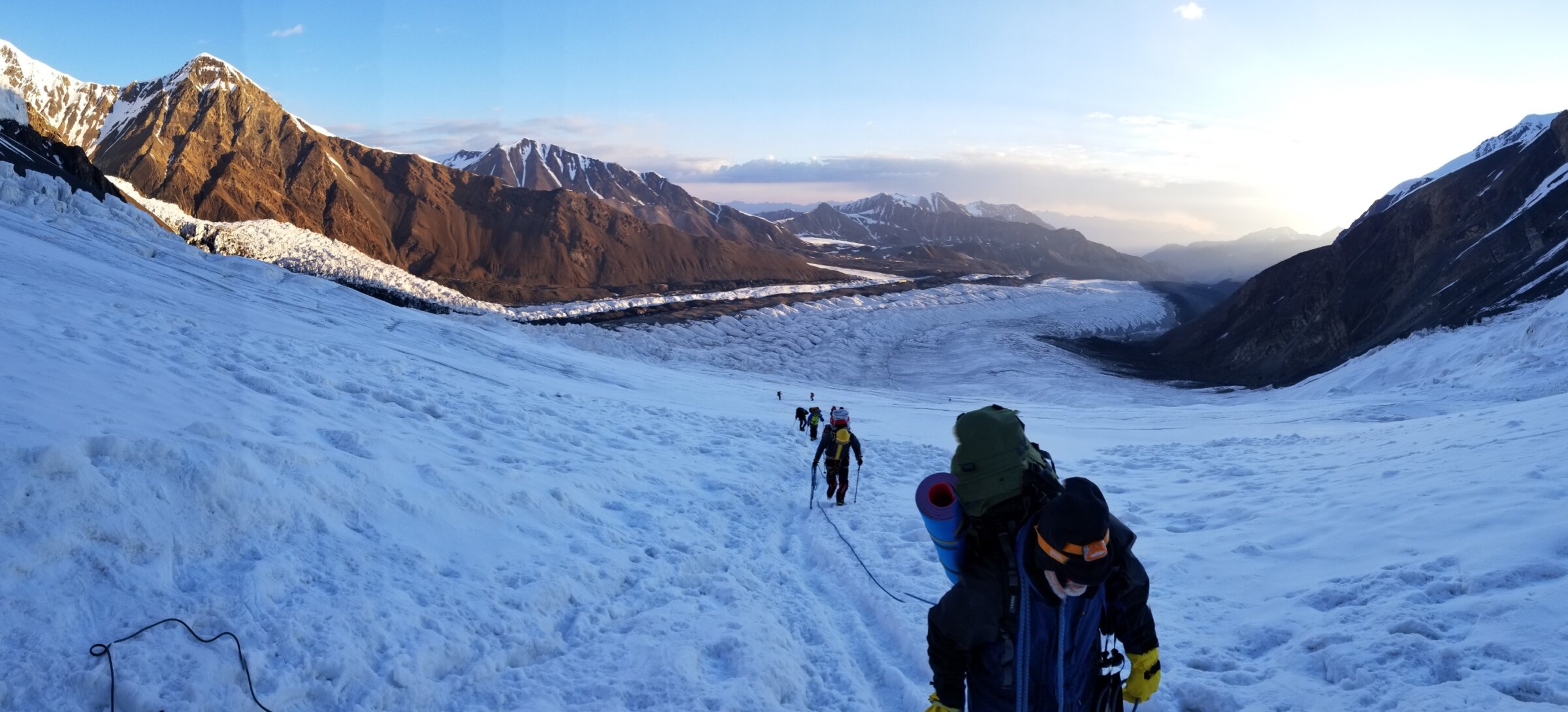Why Peak Lenin is the Perfect 7,000-Meter Peak for Aspiring High-Altitude Climbers
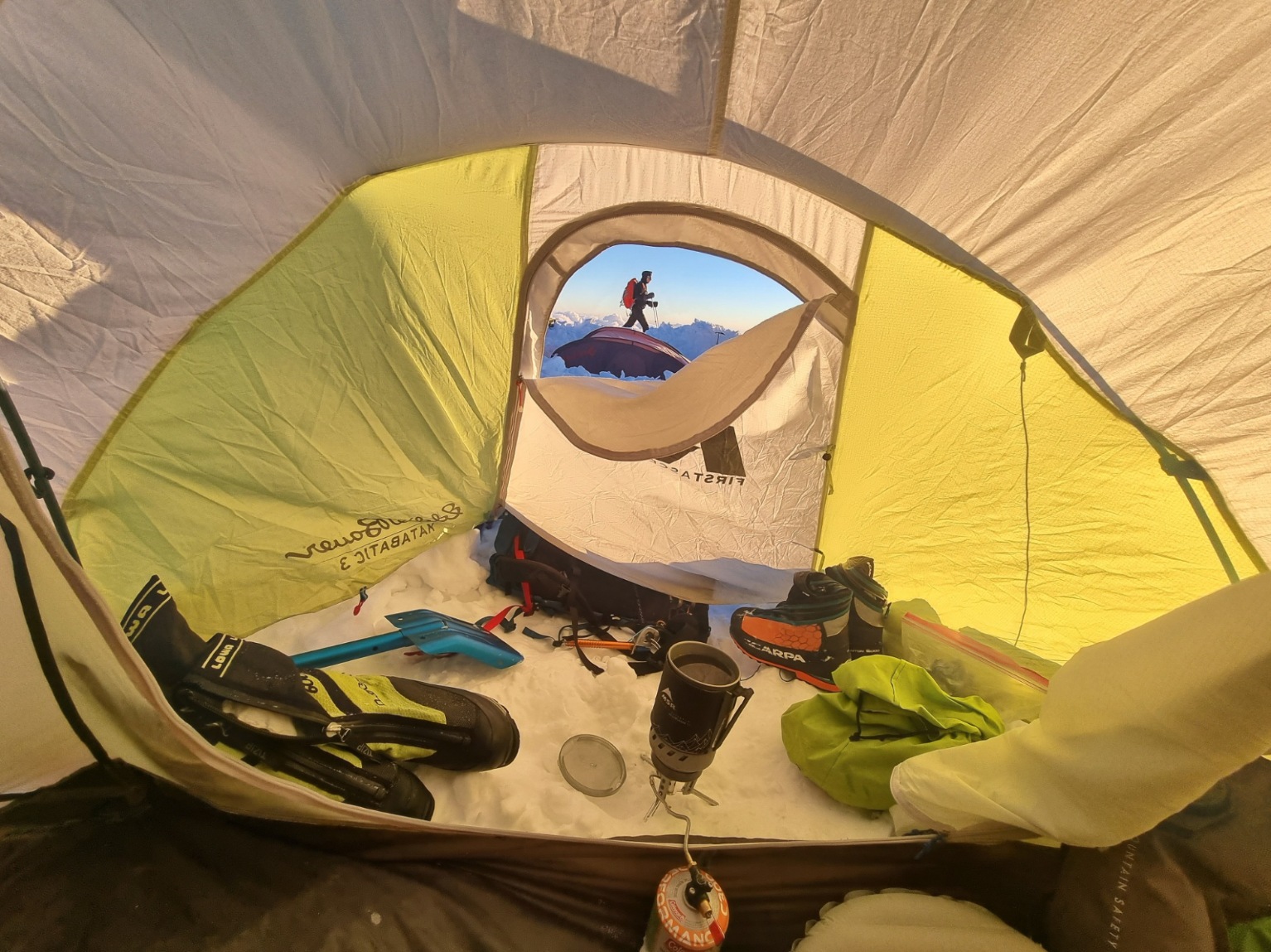
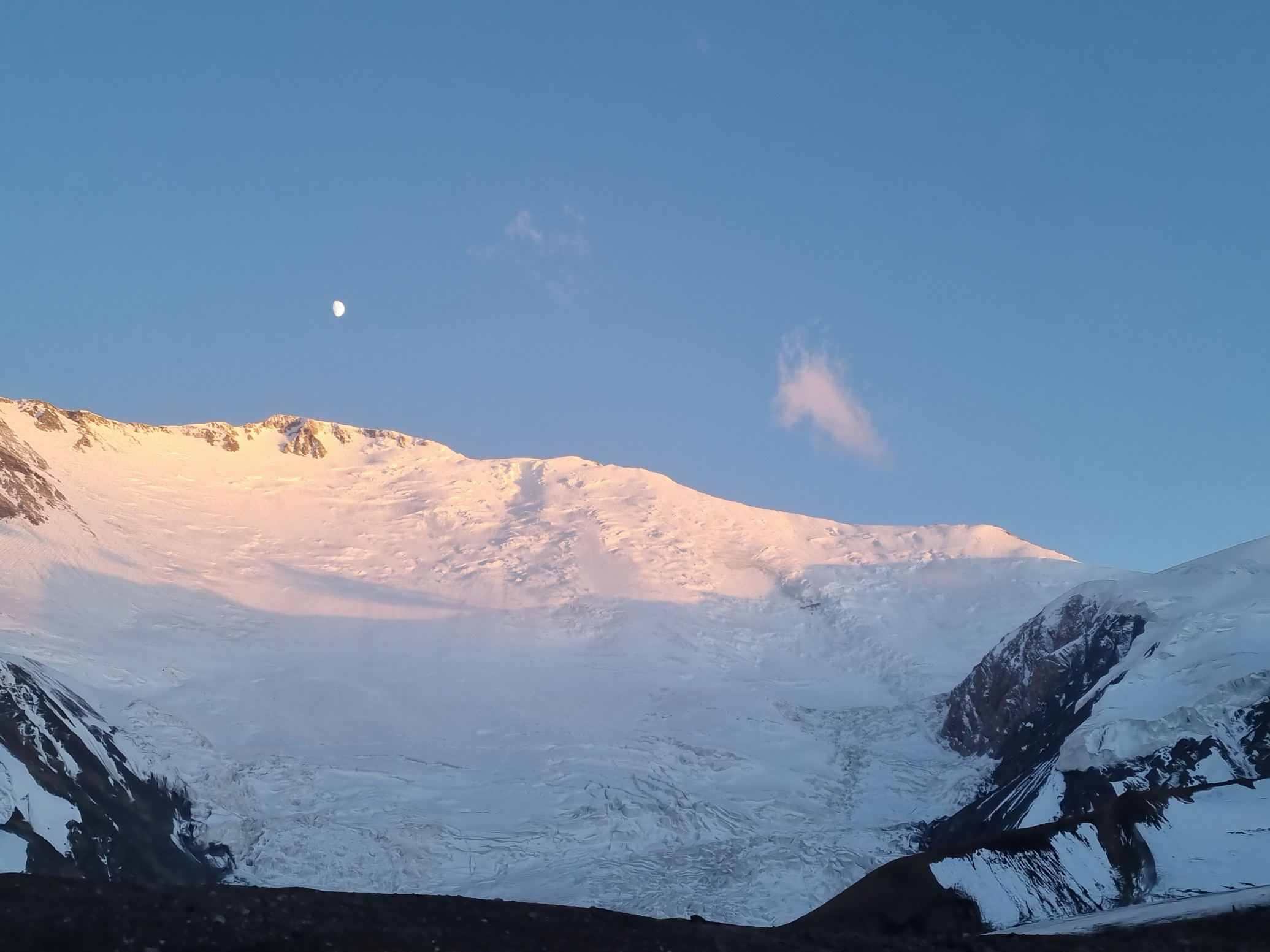
For mountaineers aspiring to tackle 8,000-meter peaks, selecting an appropriate 7,000-meter climb is a crucial step in their progression. Peak Lenin, standing at 7,134 meters on the border between Kyrgyzstan and Tajikistan, offers an exceptional combination of accessibility, challenging altitude, and manageable technical demands, making it an ideal choice for climbers aiming to prepare for higher-altitude expeditions.
Accessibility
One of the most appealing aspects of Peak Lenin is its relative accessibility compared to other peaks of similar height. The mountain is serviced by established base camps and advanced base camps, which are reachable via straightforward trekking routes. This infrastructure reduces the logistical complexities often associated with high-altitude expeditions, allowing climbers to focus more on acclimatization and skill development. The presence of multiple established routes, such as the classic North Face route and the Razdelnaya route via the Northwest Ridge, provides options catering to various skill levels.
Challenging Altitude
At over 7,000 meters, Peak Lenin presents climbers with significant altitude challenges. Successfully summiting Peak Lenin requires climbers to adapt to high-altitude conditions, manage potential altitude sickness, and understand the physiological demands of thin air. This experience is invaluable for those planning to tackle 8,000-meter peaks, as it provides firsthand exposure to the rigors of extreme elevations.
Technical Demands
While Peak Lenin is considered one of the less technically demanding 7,000-meter peaks, it still requires proficiency in essential mountaineering skills. Climbers must be adept at navigating glaciated terrain, using crampons and ice axes, and executing safe roped team travel. The ascent involves traversing snow and ice slopes, crevasse fields, and potential exposure to avalanches, necessitating a solid foundation in alpine techniques. This balance of moderate technical difficulty allows climbers to hone their skills without the added pressure of highly technical routes, making it an excellent training ground for future high-altitude endeavors.
Ideal Stepping Stone to 8,000-Meter Peaks
Climbing Peak Lenin serves as a practical stepping stone for mountaineers aiming for 8,000-meter summits. The expedition demands physical endurance, mental resilience, and the ability to perform in high-altitude environments—qualities essential for success on higher peaks. Moreover, the experience gained in expedition planning, camp management, and teamwork on Peak Lenin is directly transferable to more demanding climbs. By confronting and overcoming the challenges presented by Peak Lenin, climbers build a robust foundation of skills and confidence, significantly enhancing their preparedness for the world’s tallest mountains.
In conclusion, Peak Lenin’s unique blend of accessibility, challenging altitude, and manageable technical demands makes it an ideal choice for aspiring high-altitude climbers. Successfully summiting this peak not only provides a sense of accomplishment but also equips mountaineers with the essential experience and skills needed to tackle the formidable 8,000-meter giants that await.
Steps Before Peak Lenin
Successfully climbing Peak Lenin requires a well-thought-out training and preparation plan. Climbers should build their experience progressively by tackling smaller peaks in the 5,000- to 6,000-meter range. Expeditions like the Ecuador Climbing School, Peru Climbing School, Cotopaxi, or the Volcanoes of Mexico help develop high-altitude endurance and the ability to function in reduced oxygen environments. Additionally, technical skills such as crampon use, self-arrest techniques, crevasse rescue, and roped glacier travel should be mastered before attempting Peak Lenin. Many climbers gain this experience through Intro to Mountaineering Courses or lower-altitude expeditions in the Alps or the Cascades. A solid aerobic and strength training program is also essential, with a focus on long endurance efforts, weighted pack hikes, and strength conditioning for carrying heavy loads at altitude. Preparing for Peak Lenin isn’t just about fitness—it’s about acquiring the skills, judgment, and resilience necessary to move efficiently and safely in a high-altitude, glaciated environment.
